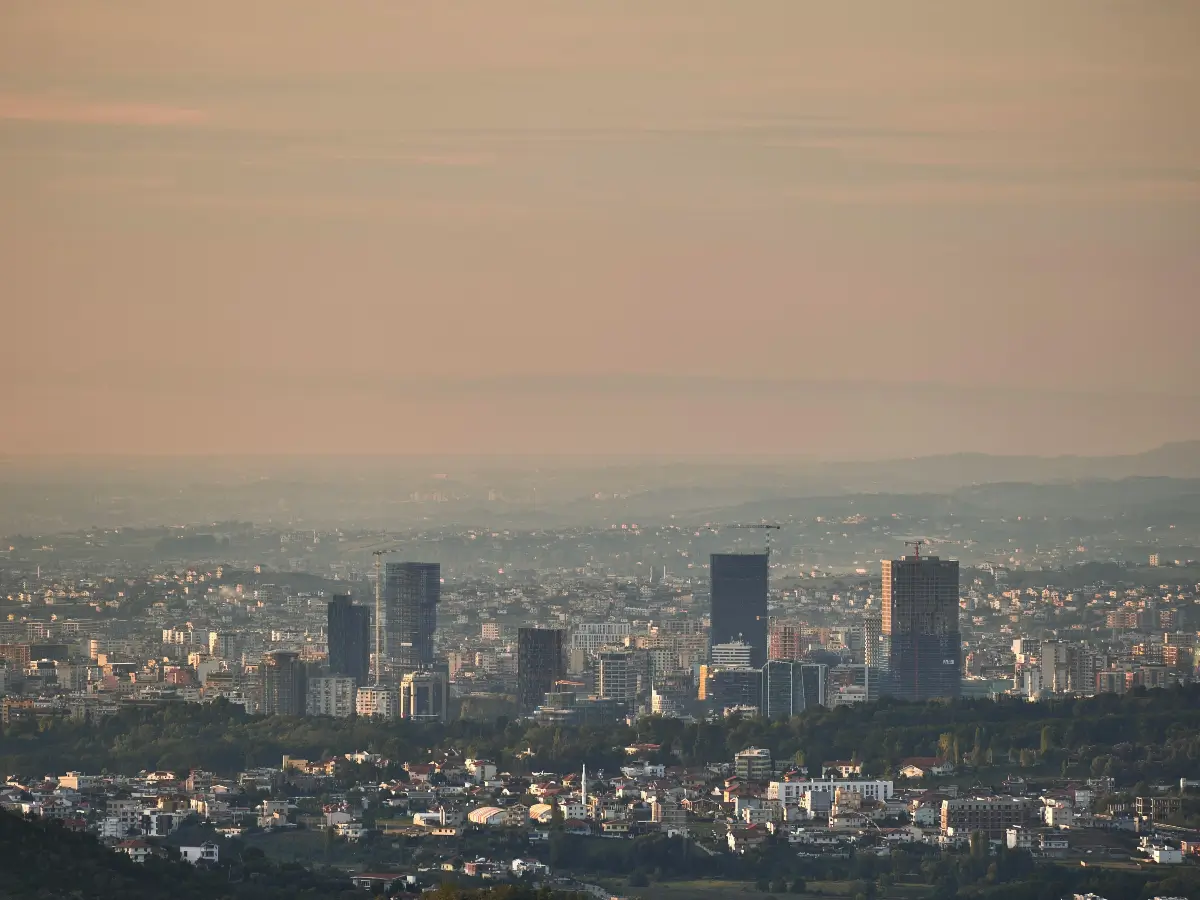Over the last three decades, Albania has undergone a dramatic economic transformation. From the collapse of a centralized communist economy in the early 1990s to today’s open market environment, the country has experienced steady growth, rising foreign investment, and growing international engagement.
But while Albania’s economy shows real signs of progress, it still faces structural challenges. Understanding both the momentum and the limitations is key to grasping where Albania stands — and where it could go next.

Key trends driving economic growth in Albania
Albania’s economy has become more diverse, more open to global markets, and more service-oriented over time. Several major trends have supported this upward trajectory:
-
Tourism expansion – The country’s natural beauty, coastline, and low prices have attracted millions of visitors, creating jobs and boosting small businesses
-
Construction and real estate – Urban development, infrastructure projects, and foreign property buyers continue to stimulate growth, especially in Tirana and coastal cities
-
Foreign investment – Interest in renewable energy, mining, agriculture, and tech outsourcing has increased, especially from the EU and regional partners
-
Digital and service sectors – Young professionals are entering IT, customer support, and online services, helping shift the economy toward higher-value work
-
Diaspora remittances – Money sent from Albanians abroad remains a strong financial pillar, supporting families and small-scale investments across the country
These factors have contributed to positive GDP growth, increased employment in key sectors, and improved access to global markets.
Albania’s integration with international markets
Albania is a candidate for EU membership and has signed trade agreements with multiple countries. It is part of CEFTA (Central European Free Trade Agreement), and its exports — including textiles, minerals, and agricultural products — are reaching more destinations each year.
The country is also investing in logistics, ports, airports, and road networks to strengthen its position as a regional connector. Projects like the Blue Corridor and new air links aim to make Albania more accessible for trade, tourism, and investment.
Challenges that still hold back sustainable growth
Despite progress, several structural and institutional issues continue to limit Albania’s economic potential. These are well known within the business community and among policymakers:
-
Informal economy – A large portion of economic activity is unregistered, leading to lost tax revenue and weak labor protections
-
Corruption and bureaucracy – Business licensing, public procurement, and local governance can still involve delays, inconsistencies, and lack of transparency
-
Brain drain – Many skilled workers and young professionals emigrate for better opportunities, limiting domestic innovation and long-term growth
-
Low productivity in agriculture – While agriculture remains a major employer, it suffers from outdated methods, small landholdings, and limited investment
-
Heavy reliance on imports – Albania continues to import more than it exports, especially in technology and finished goods, weakening trade balance
-
Access to finance – Small and medium-sized enterprises (SMEs) often struggle to obtain affordable credit, limiting their ability to scale or modernize
These challenges are not unique to Albania, but they require focused reform and sustained investment in institutions, education, and infrastructure.

Urban versus rural development gaps
Much of Albania’s economic progress is concentrated in cities — especially Tirana, Durrës, and Vlora. Meanwhile, many rural areas still face poverty, lack of opportunity, and youth migration. Bridging this divide will be essential for creating inclusive, long-term growth.
Programs that support rural entrepreneurship, agritourism, and local processing industries are gaining traction, but more is needed to reverse depopulation and create economic balance across regions.
The outlook for Albania’s economy
Albania’s economic future looks promising — but only with continued effort. The country has natural advantages, strategic location, and a young population. With the right mix of investment, education, transparency, and infrastructure, it can move closer to a modern, competitive European economy.
The key will be staying focused on both reform and opportunity — ensuring that growth benefits more people, reaches more regions, and builds long-term resilience.